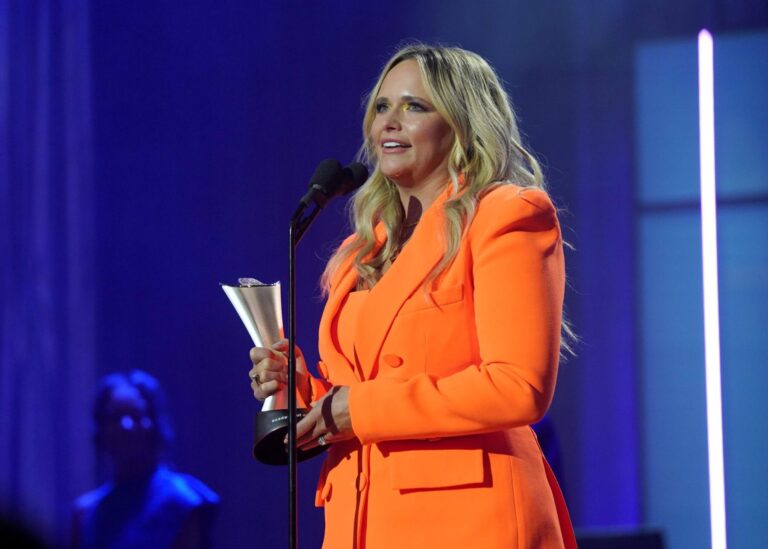Restoring rivers pays off
JUST a few steps away from the lush dairy pastures of Dan and Cindy Knee’s farm is a river environment of rare beauty and genuine significance.
The Franklin River’s journey through the heart of the Toora North farm is just a fraction of a 35 kilometre course that snakes its way down from the Strzelecki Ranges to Corner Inlet in the shadow of Wilsons Promontory.
The reason the Knee family’s stretch of river is so important is that it represents the final link in a 25km long chain of revegetated riparian environment that runs along the Franklin from the forest to the sea.
Once a stand of basket willows is removed and replaced with native vegetation, the dreams and hard work of many people in the catchment will finally come to fruition.
For the young farming couple, it’s the culmination of a community and family effort that started before Dan was even born.
Dan’s parents Bruce and Rae have been working for years with organisations like Landcare and the West Gippsland Catchment Management Authority (WGCMA), as well as GippsDairy’s GipRip project, to turn their once degraded river frontage into something truly special.
Having taken over the farm last year, Dan and Cindy have picked up the torch of responsible land stewardship and are seen as inspiring examples of young, sustainable farmers who are protecting Corner Inlet through best practice grazing, nutrient, effluent and water management on their property.
Dan, named as one of five Young Landcarer recipients as part of the 2015 Landcare in West Gippsland Green Carpet event, said the final stage of the revegetation project was satisfying for all involved.
“Dad was asking five years ago for it to be done, but we didn’t get anywhere until this year, so it’s good it’s happening now. It’s pretty exciting,” he said.
“I guess growing up as a kid we didn’t realise quite what we had. It is a rather nice place to live and it makes you feel great when people come and say that it’s a really nice farm.”
Over the past 10 years, more than 25 kilometres of the 35 lower kilometres of the Franklin River has been fenced off and revegetated, meaning almost the entire length of the river is now protected from farm animals.
“The Franklin is one catchment that we might be able to say in a few years’ time is fully restored. That’s a big story to tell and is testament to the commitment of local landholders,” WGCMA delivery team leader Matt Bowler said.
“In rehabilitating those areas it creates wildlife corridors, shade and shelter, so it’s a big thing that the farmers can benefit from as well.”
The flow on effects of the on-farm work have been felt in Corner inlet, which the Franklin River feeds into.
Matt said the work being done in recent decades was helping to reverse the problems caused by widespread clearing in pioneer days.
“Early clearing exposed soils which were washed down into Corner Inlet,” he said.
“The habitat in Corner Inlet is internationally significant and is an asset for the community with important bird, fish and large seagrass communities, and the inlet supports a productive fishing industry.
“So revegetation work in the Franklin catchment is a win for the farms with productivity, shade, shelter and getting cattle out of the river, and it’s a win for the community with better water quality to protect downstream marine habitats.”
Dairy Australia’s Gippsland land, water and carbon consultant, Gillian Hayman, said the Franklin River project had shown what can be achieved through a collaborative approach.
She said Landcare, WGCMA, GippsDairy and Dairy Australia have been among those helping landholders and the local community achieve a significant result with the river revegetation.
The Knee farm, in particular, is seen as a great example of partnerships and persistence paying off in the long term.
“Dan and Cindy – and before them Bruce and Rae Knee – have done a particularly good job over a number of decades in protecting the Franklin River,” Gillian said.
“They’ve assisted the CMA with willow removal, fencing off of many kilometres of waterways and they’ve certainly seen the benefits of that in terms of water quality, cattle out of rivers and the benefits of getting the vegetation back on farm.”
For dairy farmers, running their business means keeping the books in the black, so any environmental work also has to make financial sense.
Dan’s attitude is that growing trees for shelter and keeping stock out of the river was not only a win for the environment, but also good news for his bank balance.
“It works with the business,” he said.
“A happy cow is a cow that is going to make you money.”
It’s an attitude that doesn’t surprise Matt, who hears similar comments from the other “switched-on” farmers that he works with.
“What I’ve found is that often the best farmers in an economic sense are the most progressive in an environmental sense as well,” he said.
“They understand where their money is made and they understand their money isn’t made from cattle wandering around in the creek and getting lost in gullies.”
For more information on protecting farm land or river environments contact Matt Bowler at the WGCMA on 1300 094 262.

Taking shape: Cindy and Dan Knee with baby daughter Lexie at the Franklin River revegetation talk with West Gippsland Catchment Management Authority’s Matt Bowler and Dairy Australia’s Gillian Hayman.
Short URL: /?p=17282






